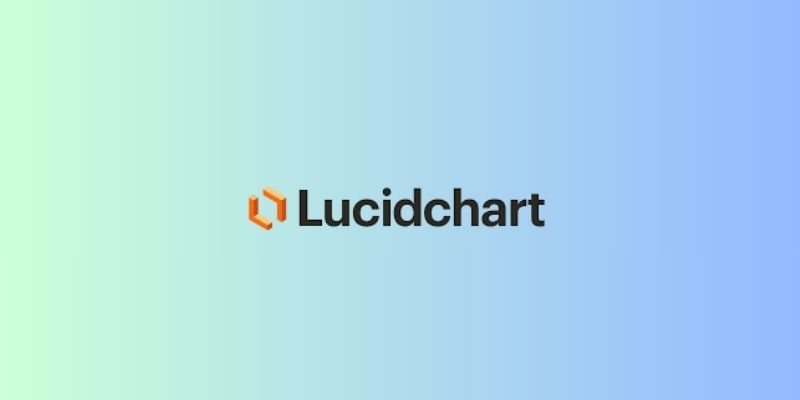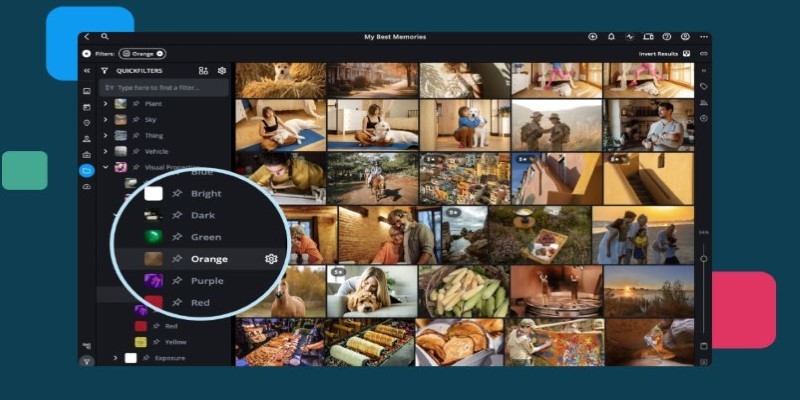Shop Smarter Online with These 10 Deal-Finding Websites
Advertisement
It’s a good feeling when you find what you need and manage to save a few bucks along the way. Online deal websites are built for this. Whether you're shopping for electronics, fashion, home goods, or random finds that somehow end up in your cart, these websites make the whole experience smoother and cheaper. Let’s explore the best ones, one by one.
8 Best Websites for Online Deals
Slickdeals
Slickdeals thrives on user contributions. People share deals they come across, and the community upvotes or comments to keep the good ones on top. It’s not just about listings—you’ll also find coupon codes, price comparisons, and real-time feedback from folks who’ve actually used the deal. What’s useful is the front page gets curated automatically by what’s popular, so you don’t have to dig too deep.
Honey
Honey is more of a browser add-on than a traditional website, but it earns a spot for how effortlessly it helps during checkout. When you're about to place an order, Honey runs through a stack of promo codes automatically. If something applies, you see the savings instantly. No hunting around for codes. And if you're just browsing, it also shows historical price trends, so you know whether it’s really a deal or just dressed like one.
RetailMeNot

RetailMeNot organizes coupon codes and cashback offers across a wide range of categories. From big box retailers to boutique shops, the site acts like a digital coupon folder. Its app version even includes in-store deals that you can show at the register, which works well if you're shopping offline, too.
Rakuten
Rakuten gives cashback on top of deals. The way it works is simple: click through Rakuten before you shop, and a portion of your purchase is credited back to you. It stacks well with existing store sales or promo codes. What stands out is the selection—many popular online stores are already listed, and new offers rotate often.
Brad’s Deals
Brad’s Deals uses a team of editors who vet deals before they’re posted. That means the listings aren’t just scraped or random—they’re actually selected. The site often combines coupons with sale prices for better results. Unlike community-driven platforms, there’s less noise and more focus on what actually saves money.
DealNews
DealNews highlights tech, appliances, and electronics, with a strong focus on major retail sales. The layout is clean, and the filters are handy for narrowing down the exact type of item you're after. Instead of endless scrolling, it feels more like a streamlined digest of worthwhile price drops.
Offers.com
Offers.com is like a mall directory for deals. It brings together coupons, promo codes, and seasonal discounts from a wide selection of categories—tech, fashion, beauty, travel, and more. A big feature is its seasonal focus, like holiday sales or back-to-school promotions, making it a good go-to when shopping by occasion.
Capital One Shopping
Previously known as Wikibuy, Capital One Shopping works like a mix of a price-checker and a coupon finder. It compares prices across different retailers in real-time, right from the page you're on. There's a strong price tracking feature, too—it notifies you when the item you're watching drops in price, even if you're not actively shopping.
CamelCamelCamel
CamelCamelCamel focuses entirely on Amazon price tracking. It doesn't offer coupon codes or cashback but excels in showing historical price data for any item sold on Amazon. This helps you know whether that 30% off banner is really a discount or just a marketing trick. You can also set price alerts so the tool emails you when the cost drops to your chosen target. It's barebones in design but solid in function, especially if you shop on Amazon frequently and like timing your buys well.
Groupon

Groupon is ideal for local deals and experiences. It offers deep discounts on services like spa treatments, car detailing, gym memberships, and more. There's also a product section with limited-time deals across various categories. What sets Groupon apart is the local element—most of its best savings apply to businesses in your area, which makes it different from other deal aggregators that focus only on physical products. It works especially well for gifting or trying something new in your city.
How to Use Deal Websites Efficiently?
Now that we've looked at the top tools let's zoom in on how to actually use one of them in day-to-day shopping. For this, we’ll take Honey because of how seamlessly it works behind the scenes.
When people first install Honey, many leave it at that and hope for the best. But to really get the most from it, some steps go beyond just clicking "apply coupons." Start by creating a free account and enabling notifications. Honey has a feature called "Droplist," where you can save items you're interested in. If the price drops, you get a heads-up, which takes the guesswork out of timing your purchase. Use it for items you don't need urgently—electronics, kitchen gear, sneakers—anything that fluctuates.
Next, explore Honey’s “Gold Rewards.” You earn points on certain purchases, and they can be redeemed for gift cards. Not every store is part of the program, so the trick is checking ahead—go to the Honey site and search the store name to see if it’s eligible. This part isn't automatic, and many people skip it. That’s free money left on the table.
Conclusion
Online deal websites aren’t just for coupon chasers or holiday sales. With the right one, you can trim your spending without sacrificing convenience or quality. Some of these tools work best as browser add-ons, while others are good for occasional check-ins. Whether you prefer a hands-off approach like Rakuten or something interactive like Slickdeals, there’s a platform that fits the way you shop. And once you learn to use features like price tracking, combo stacking, and cashback tools, saving money becomes second nature.
Advertisement
Related Articles

Best Ad Blockers for a Cleaner, Faster Web Experience

Best Tools to Manage Field Service Operations Efficiently

The 10 Best Mailchimp Alternatives in 2025: Top Picks for Your Email Marketing

Best PCB Design Software to Streamline Your Workflow

The 7 Best Org Chart Software Options in 2025: Streamline Your Workflow

Maximize Efficiency: 7 Ways to Integrate Acuity Scheduling with Your Other Apps

Best Software to Organize and Manage Your Photo Library

How to Automatically Share New YouTube Videos on Discord: A Step-by-Step Guide

Best Extensions for Enhancing Qlik Sense Features

Master Trello: How to Create Recurring Tasks for Seamless Organization

The Best Email Newsletter Platforms and Software in 2025: A Comprehensive Guide

 knacksnews
knacksnews